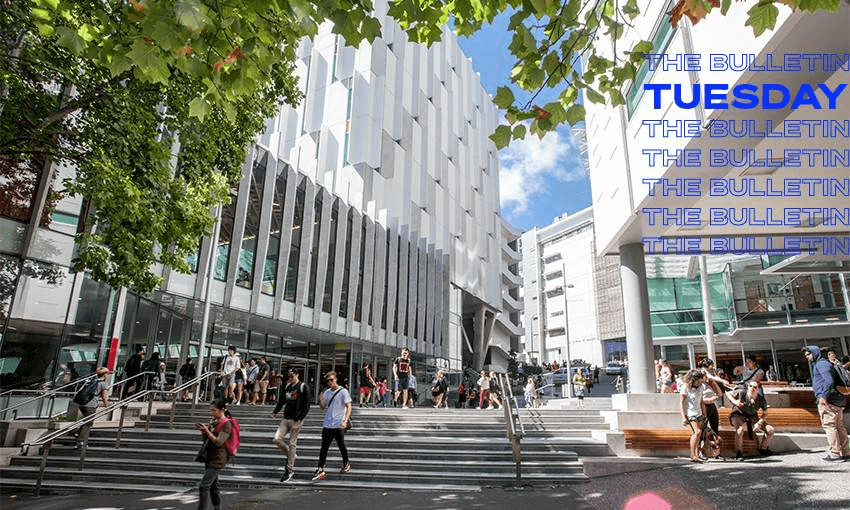AUT vice-chancellor cites a significant drop in international students, alongside growing inflation, economic pressures and a “buoyant employment market” as driving a proposed restructure, writes Anna Rawhiti-Connell in The Bulletin.
Drop in international student numbers and economic headwinds given as rationale for job losses
On Friday, prime minister Jacinda Ardern was at the University of Auckland to welcome back international students. A couple of hundred metres down the road, vice-chancellor of Auckland University of Technology (AUT) Damon Salesa was likely preparing for yesterday’s announcement that outlined restructure plans in which 5% of staff at AUT may lose their jobs. Salesa cited a significant drop in international students, alongside growing inflation, economic pressures and a “buoyant employment market” as driving the proposed restructure. The Herald’s Akula Sharma breaks down which departments are being asked to reduce staffing numbers.
Risk of reliance on international students flagged in 2019
It’s a marked contrast to 2019, when AUT reported a 9% increase in international student numbers and mentioned the construction of student accommodation as important in its bid to continue to attract international students. Almost every annual report from every university in 2019 cites similar increases and drives to continue international student recruitment efforts. In 2019, then tertiary education union (TEU) president Michael Gilchrist said such a high level of foreign enrolment posed serious financial risks. In some accurate foreshadowing, Gilchrist also said: “There’s the risk of shocks such as the Asian crisis or a financial crisis or bird flu or something like that.”
Low unemployment rate driving lower enrolments at tertiary institutions
None of this foreshadowing will be comforting to the staff that face job losses. TEU president Tina Brown said staff were shocked and said it was short-sighted at a time when we’re needing to grow the number of skilled workers. A tight labour market means people can hop straight into a job or a funded apprenticeship. It’s a challenge Australia is also grappling with as this Australian Financial Review article points out. The low unemployment rate was given as one of the reasons for Te Pūkenga’s deficit. Staff at Te Pūkenga are still awaiting their fate after consultation wrapped up last week. National’s tertiary education spokesperson Penny Simmonds said any new structure through which savings will be achieved was likely to involve redundancies.
$230m for apprenticeships while AUT says it needs to cut staff costs by $21m
The correlation between tertiary qualifications, productivity and wage growth was challenged by a BERL paper in 2021 titled “Does New Zealand need so many young people studying for a degree?” It found little correlation between being tertiary qualified and growth in productivity or wages, while also noting shortages of skilled labour have persisted. Research done by BERL in 2019 found people who had completed a technical apprenticeship had significantly greater earnings than those who had gained a Bachelor of Science after 15 years. The government has had a big focus on apprenticeships lately, extending the apprenticeship boost scheme until the end of 2023, with a $230m investment in a pre-budget announcement this year. AUT’s restructuring proposal is based on having to cut staffing costs by a tenth of that figure.



